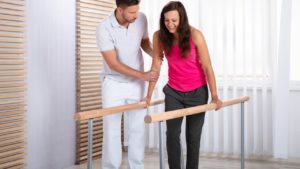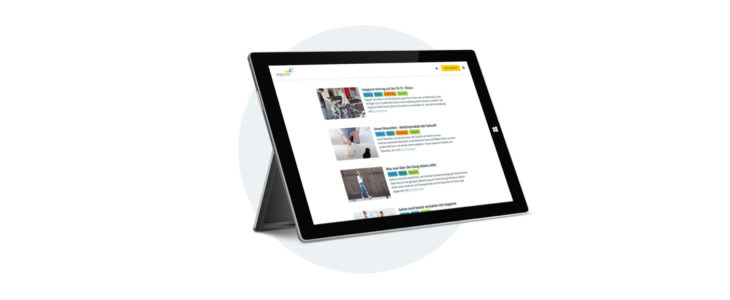Objective visualization of gait disorders with stapp one
 (2/2)
(2/2)
A person’s gait reveals a lot. Gait disorders are usually clearly recognizable, but first signs can be easily overlooked. Early detection can make a big difference, especially when it comes to neurological gait disorders. Today, we are taking a closer look at the normal pressure hydrocephalus and foot drop and explain how stapp one sensor soles can help with early detection and treatment of such abnormalities.
Normal pressure hydrocephalus
Normal pressure hydrocephalus is a special form of hydrocephalus. It occurs if the normal flow of cerebrospinal fluid (CSF) throughout the brain and spinal cord is blocked and results in forgetfulness, dementia, and gait and balance problems. First signs are often overlooked, but early treatment can prevent permanent damage.
Based on a gait analysis with stapp one sensor soles, first signs can be detected quickly and easily. The stapp one sensorsoles are inserted into comfortable shoes and measure the foot pressure load and other relevant gait parameters of the patient. At the same time the corresponding medical software provides live biofeedback for objective and accurate visualization of the gait. The smallest irregularities and anomalies in the gait pattern can be detected at an early stage.
Foot drop
Patients with a weakness of the dorsiflexion muscle suffer from damage to the peroneal nerve, which is responsible for lifting the foot. Therefore, they can barely lift their foot and walking gets significantly more difficult. Common reasons are a stroke, multiple sclerosis, or damage to the nerve from an accident or surgery. Patients suffer because walking is no longer an automatic process – the brain can no longer control the muscles of the foot in the usual way. Every step requires enormous attention and concentration.
Also in this case, a gait analysis with stapp one sensor soles helps to detect foot drop at an early stage. Furthermore, stapp one is very helpful in combination with medical aids. Gait analyses performed with stapp one can be saved and compared with each other. In the case of foot drop, special foot lifter orthoses or foot lifter bandages often provide support. With stapp one, the resulting improvement in gait can be objectively visualized using live biofeedback. Patients who suffer from foot drop lack the correct body awareness. With stapp one, patients can follow their gait pattern in real time and have an objective frame of reference to correct themselves and prevent incorrect posture.
Do you have any questions about the use of stapp one? Contact us! We are always at your disposal.
Find us on LinkedIn and become part of our community! We keep you updated about stapp one, medicine and technology!

